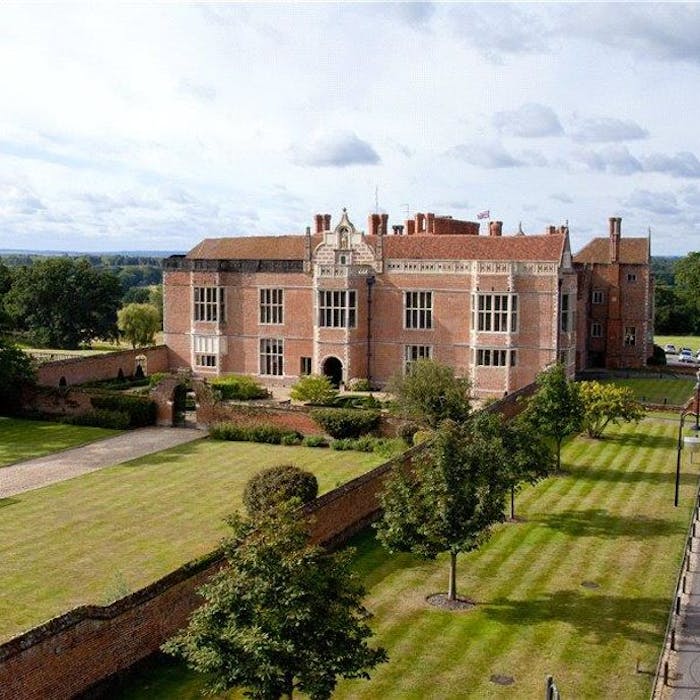
Bramshill House - grand Jacobean estate that became Police College
Bramshill House, near Basingstoke in Hampshire, is one of the largest and most important Grade I-listed Jacobean mansions in Britain. It was built in the early 17th century by the 11th Baron Zouche of Harringworth, and is notable for its decorative architecture influenced by the Italian Renaissance.
It has been utilised for a range of purposes over the centuries - including the residence of exiled Romanian royalty, and the site of the Police Staff College, which was there until 2015. The building's future is now rather uncertain.
In March 1605, Lord Zouche, who is famed for his lone vote in parliament against the condemnation of Mary Queen of Scots, demolished a large part of the preceding building and began to build the Bramshill House of today. It is set in 262 acres of grounds, with an 18-acre lake. The design is traditionally attributed to the architect John Thorpe, although no records remain to confirm the attribution. The mansion's southern facade is distinctive for its ornate architecture, including a large oriel window.
Internal features include a great hall which displays 92 coats of arms, and numerous columns and friezes throughout. The panelled walls in several rooms display large tapestries depicting historical figures and events. Bramshill has been described as 'one of the 'glories of English architecture' and a fine example of a Jacobean 'prodigy house' - expensive homes designed to impress between about 1570-1620, often with a view to hosting visits by Elizabeth I.
The grounds are a Registered Historic Park. They include 25 acres of early 17th-century formal gardens; a 490-acre medieval park re-landscaped from the 17th-20th centuries; 250 acres of woodland; and buildings such as an icehouse and a folly. Parts of the park have been used for commercial softwood production since the 19th century.
The Cope family purchased the property in 1699, and it remained in the family until 1935. They decorated much of the interior, though significant renovation took place in the 19th century. After it was sold by the Copes in 1935, it was used by the Red Cross as a maternity home during the Second World War, and then the exiled home of King Michael and Queen Anne of Romania.
Bramshill House was acquired by the Home Office in 1953 as a dedicated site for police training, and became the National Police College in 1960. From 2005, two buildings on the site housed the European Police College (CEPOL) until this moved to Budapest in 2014. When in use for police training, the site provided bedrooms 329 attendees.
In a deteriorating state of repair, in 2013, the Home Office placed the house and estate on the market for £25 million. Heritage property developers City & Country purchased it, but after a series of disputes over planning permission, recently placed it back on the market (with a reduced estate of 90 acres) at a guide price of £10 million. Planning permission had been sought to build 235 new homes on the estate, but with a promise to keep the house itself as a single residence. It is not regularly open to the public, but has been included in the Open House scheme allowing occasional viewings.
Among the 14 ghosts reputed to haunt the house is that of a bride who accidentally locked herself in a chest on her wedding night and was not found until 50 years later.
Further reading
Links to external websites are not maintained by Bite Sized Britain. They are provided to give users access to additional information. Bite Sized Britain is not responsible for the content of these external websites.
